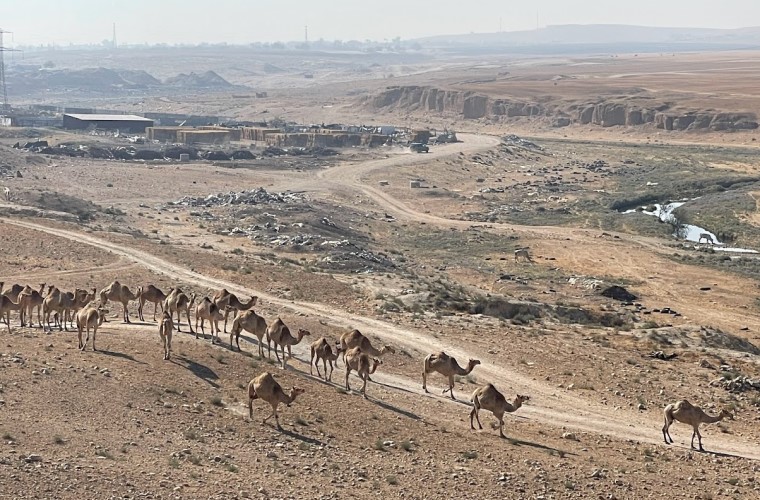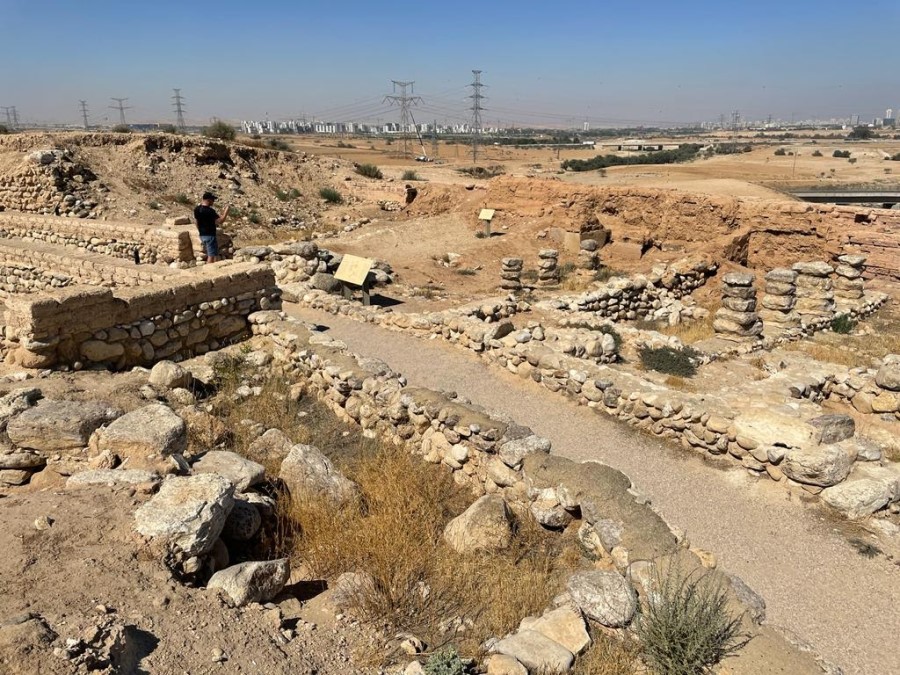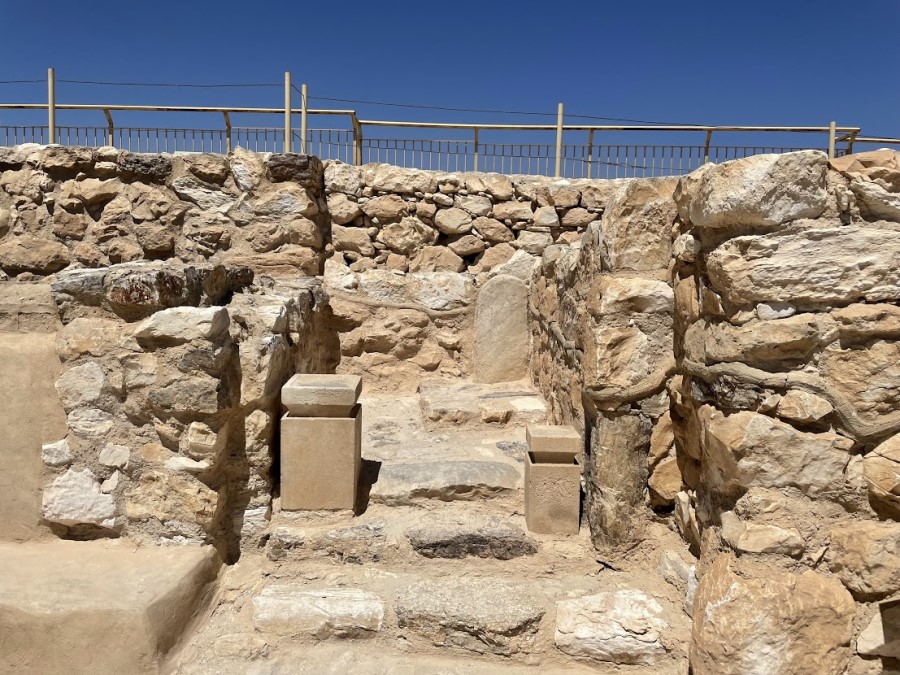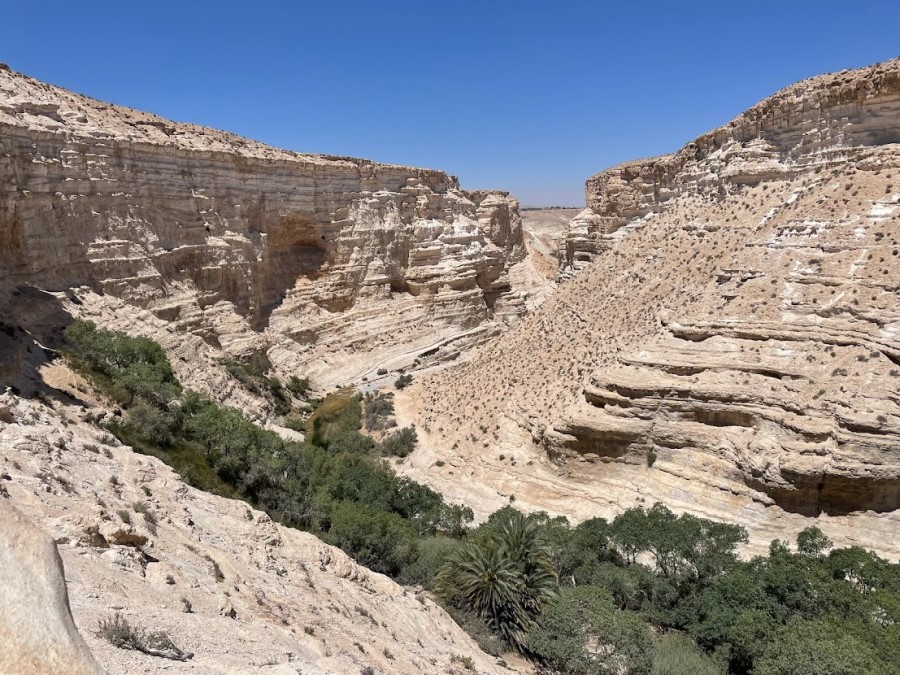Shalom!
Today we drove south into the Negev proper and watched the landscape change dramatically. We soon passed through to true wilderness (like the Israelites experienced) before reaching Israel’s southernmost city, Eilat (biblical Eloth, 1 Ki 9:26; 2 Chr 26:2), on the coast of the Red Sea. Here are a few highlights from our stops along the way.
After leaving modern Be’er Sheva in the morning, we stopped at Tel Be’er Sheva, the site of Beersheba from the monarchy period in Judah. Beersheba was the southernmost city in Judah, which is why, when ancient Hebrews used the expression “from Dan to Beersheba,” they were referring to all of Israel, from the northern end to the southern end (cf. Judges 20:1; 2 Sam 24:2). At the tel, we got to see a replica of the horned altar recovered there—no doubt an altar for facilitating regular worship in disobedience to Deuteronomy 12:10-11. Archaeologists uncovered the altar in pieces scattered throughout the site, suggesting that the altar had been destroyed by a reforming king (like Hezekiah or Josiah). We also got to see an example Israelite house with its three main divisions. The ground floor of such houses often served as a shelter for animals at night, which may explain why Jephthah made the foolish vow that he made in Judges 11:30-31.
We next moved east to visit the tel of the royal fortress city of Arad. Though Arad is mentioned only sparingly in the Bible (Josh 12:14; Judges 1:16), the conquered city served an important function as a southern outpost and tariff collection center for Judah. At the site, we got to see the actual location of the Tel Arad Holy of Holies (on display in the Israel Museum); in one section of Tel Arad is the recovered “temple” with an altar outside and a “holy of holies.” However, unlike Solomon’s temple, this smaller holy of holies had two incense altars outside of it and two standing stones within (one of the stones is inexplicably missing in the photo above). With this setup, the temple was a triple violation of God’s Law: Israelites were worshipping regularly at a site God had not chosen (Dt 12:10-11), they had tried to make an image of Yahweh to assist in worship (Ex 20:4), and they had combined the worship of Yahweh with the worship of another god (Ex 20:3). The second standing stone was probably meant to stand for another god, even Yahweh’s supposed consort.
As we continued on our way to Eilat, we stopped by the tel of Avdat, an important Nabatean trade city established in the 1st century BC. A nearby gorge has a spring (Ein Avdat), and Dr. G led us on a hike through and up the deep gorge. It was a strenuous but fun experience, and we got to see a family of ibex walking along the cliffside as we hiked (cf. Dt 14:5; Hab 3:19).




